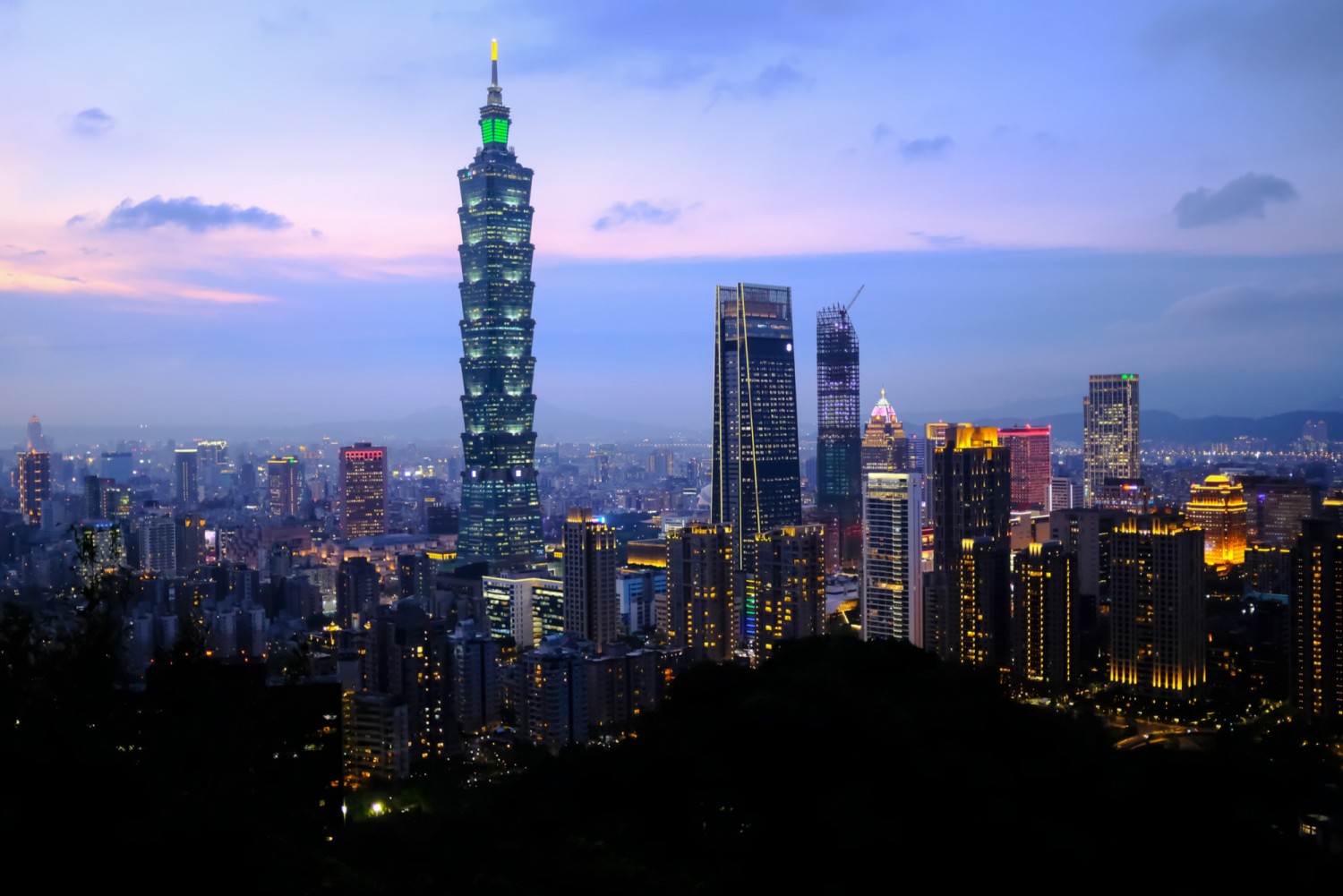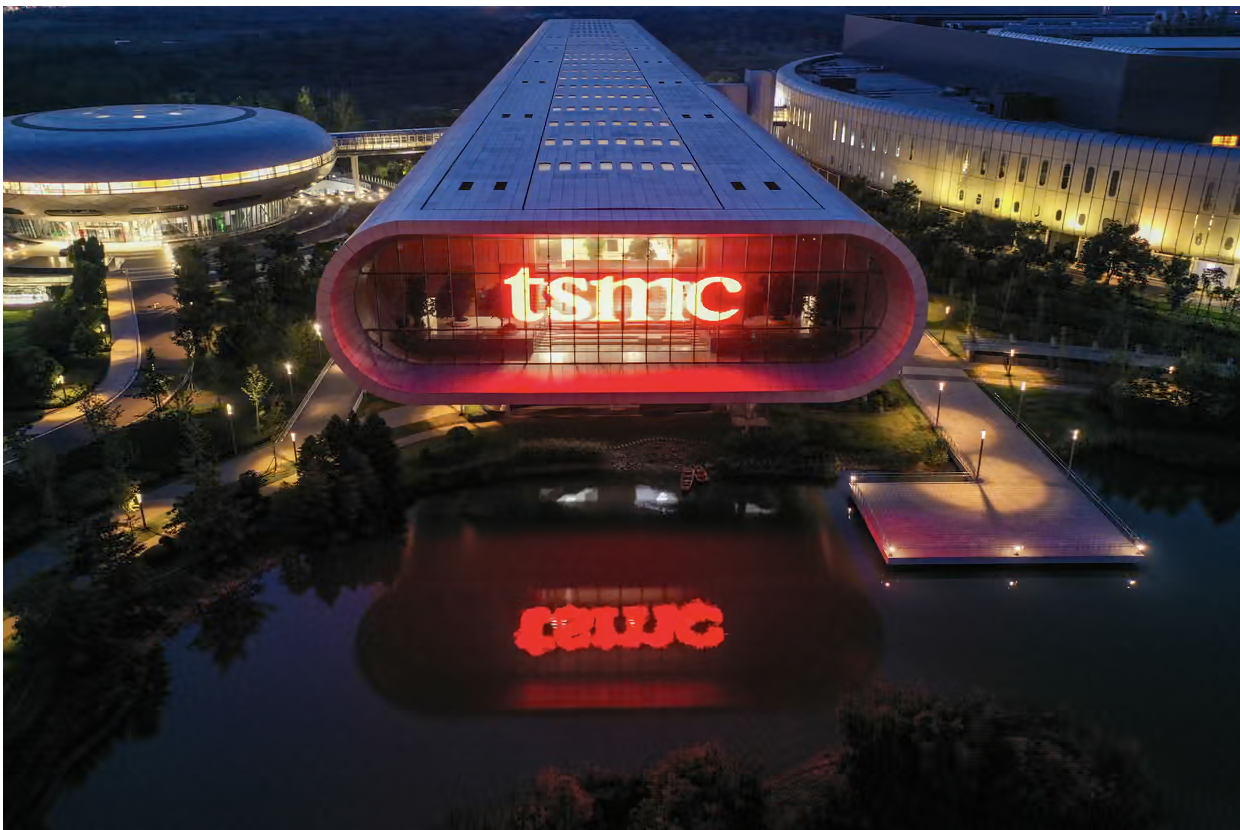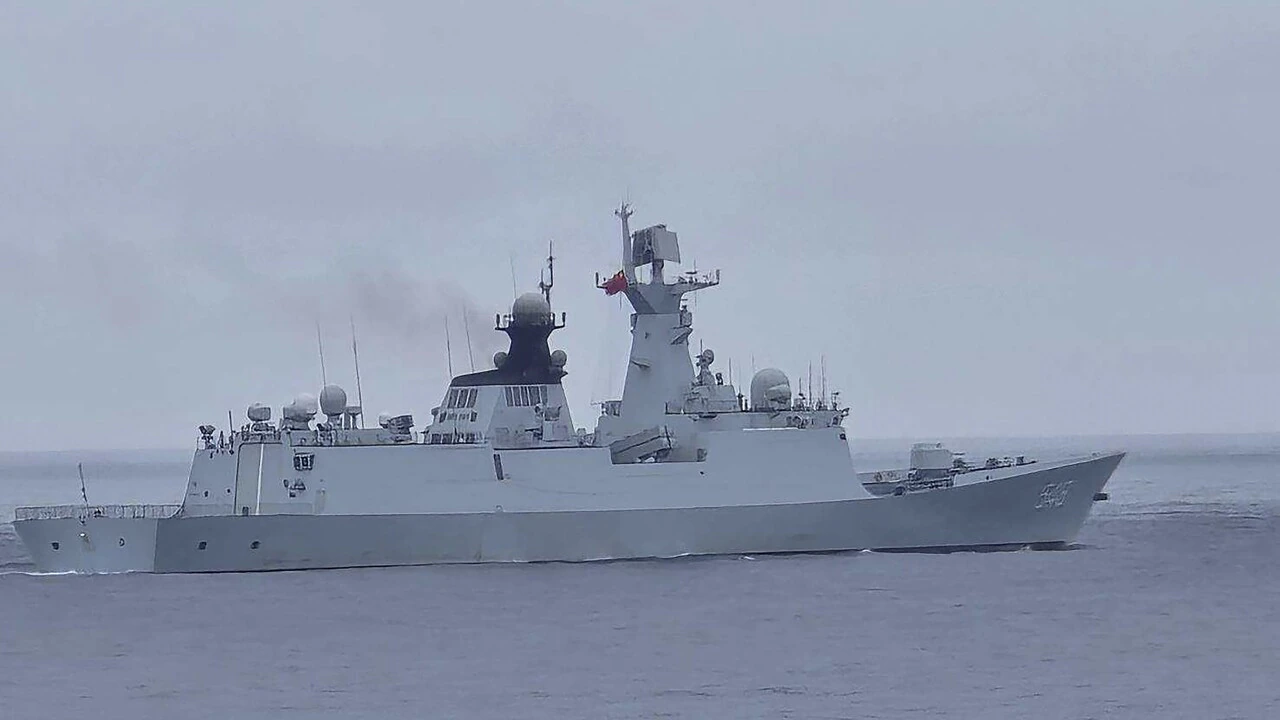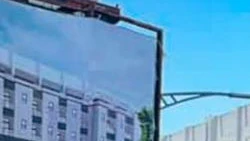
This article is more than
6 year oldTaiwan Helping Tech Firms That Choose Southeast Asia Over China

Taiwan, home base of many of the world’s top producers of electronics, is helping its companies to seek out new Asian manufacturing hubs outside China as skyrocketing U.S. tariffs threaten to splinter the global tech supply chain.
President Donald Trump’s decision to increase tariffs on $200 billion of Chinese imports last week will have convinced any undecided Taiwanese companies of the need to shift some production away from China, Kung Ming-hsin, Taiwan’s minister-without-portfolio in charge of economic affairs, said in an interview in Taipei Tuesday. After Taiwan, according to Kung, Vietnam and India are the next two preferred destinations for Taiwanese electronics companies.
“Taiwanese companies may bring production of key, high-value components back home, but assembly and mass production of gadgets will go to Southeast Asia,” he said. “Southeast Asian countries know there’s an opportunity here.”
Tech juggernauts from Apple Inc. to Dell Technologies Inc. have long relied on China’s immense labor force and manufacturing prowess to churn out everything from iPhones to computers. Now, the threat of punitive American sanctions, accusations of hardware spying and the rise of Southeast Asian economies have encouraged industry players to consider shifting at last some of their output away from the world’s No. 2 economy.
Taiwan has been the primary beneficiary of the shift away from China so far. Since the beginning of the year, 52 local companies have pledged to invest around $9 billion on the island as part of a government program to persuade Taiwanese companies with facilities in China to bring production back home.
While there’s little chance that China will cede its mantle as the world’s electronics workshop anytime soon, that trend is accelerating as the U.S. and China clash in politics and business -- and companies scramble to get out of the way. That’s splitting the global production chain from one centered on China to a multi-pronged system with one based in the world’s second-largest economy and another that serves the U.S. and other non-Chinese markets, according to Kung.Despite a lack of formal diplomatic ties, Taiwanese officials are currently helping companies talk to governments elsewhere in Asia about tax, subsidies and development of industrial zones, Kung said.
But Kung and some of Taiwan’s biggest tech companies share the concern that Southeast Asia’s electronics manufacturing ecosystem still has some way to go before it can rival China’s.
“If a product line is moving, the whole supply chain needs to move together. There needs to be a cluster,” Quanta Computer Inc. Vice Chairman C.C. Leung said at a briefing in Taipei Tuesday.
Quanta moved most of its server motherboard production back to Taiwan from China last year, and it is expanding facilities in the U.S., but now it could face 25% U.S. tariffs on its notebooks if Trump goes ahead with his newest threat to target another $300 billion worth of Chinese-made goods.
“Right now there is no consensus among the supply chain which Southeast Asia country would be best,” Leung said. “If manufacturers are spread out in different countries, transportation costs will remain high. All our profits will go to logistics companies and local customs agencies.”a




